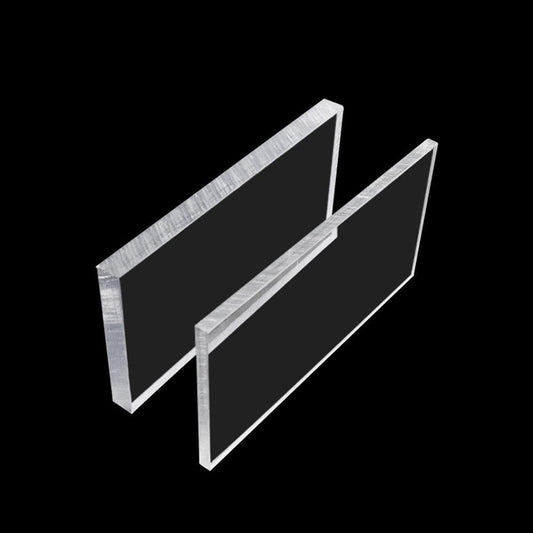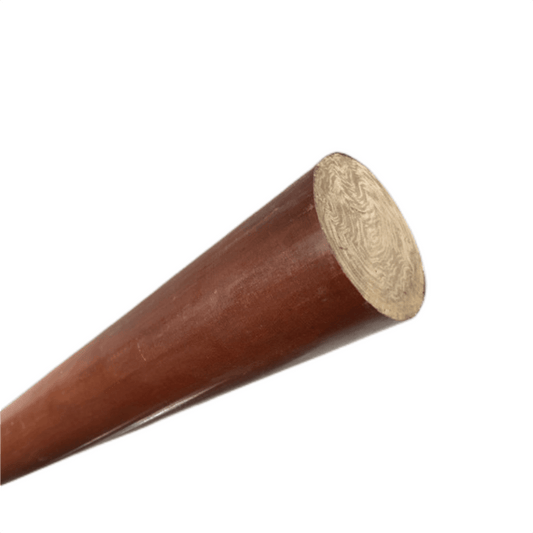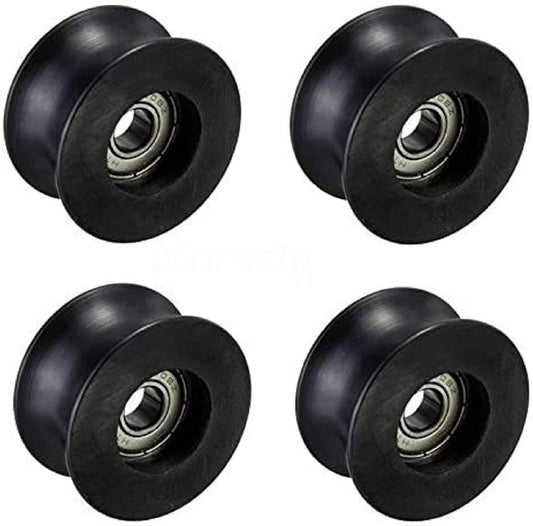Polyoxymethylene (POM) custom processing, also known as acetal, polyacetal, or polyformaldehyde, is a high-performance engineering thermoplastic that is widely used in various industries and applications. It has excellent properties such as high stiffness, low friction, good dimensional stability, and resistance to wear, fatigue, and chemicals. POM can be classified into two types: homopolymer and copolymer, which have slightly different characteristics and performance.
🎉🎉🎉Limited Time Offer Use code: QR4GNY08SHVR at checkout and enjoy a special discount on your entire order! 👉 POM plastic
However, processing POM is not without challenges. POM is sensitive to heat and moisture, which can affect its quality and durability. It also has a tendency to shrink and warp during cooling, which can cause dimensional inaccuracies and defects. Therefore, choosing the right processing method and avoiding the common pitfalls of POM is crucial for achieving optimal results.
In this article, we will discuss the common processing methods and challenges of POM, and provide some tips and recommendations on how to process POM effectively and efficiently.
Processing Methods
POM can be processed by various methods, depending on the desired shape, size, and function of the final product. Some of the most common processing methods for POM are:
- Injection molding: This is the most widely used method for producing POM parts with complex geometries and tight tolerances. Injection molding involves melting POM pellets and injecting them into a mold cavity under high pressure and temperature. The mold is then cooled and opened to release the part. Injection molding can produce high-quality parts with good surface finish and dimensional accuracy in large volumes and at low cost.
- Extrusion: This is a method for producing POM parts with continuous profiles, such as rods, tubes, sheets, films, etc. Extrusion involves melting POM pellets and forcing them through a die with a specific cross-section under high pressure and temperature. The extruded material is then cooled and cut into desired lengths. Extrusion can produce parts with uniform properties and good mechanical strength at high speed and low cost.
- Machining: This is a method for producing POM parts with precise dimensions and shapes by removing excess material from a raw material using cutting tools such as lathes, mills, drills, etc. Machining can produce parts with complex features and fine details that are difficult or impossible to achieve by other methods. Machining can also be used to modify or improve the surface finish or functionality of parts produced by other methods.
- Other methods: There are also other methods for processing POM, such as thermoforming, blow molding, rotational molding, compression molding, etc. These methods are less common than the ones mentioned above but may have some advantages or applications in specific cases.

Processing Challenges
While POM is a versatile and durable material that can be processed by various methods, it also poses some challenges and difficulties that need to be addressed during processing. Some of the main challenges and difficulties of processing POM are:
- Thermal degradation: POM is prone to thermal degradation when exposed to high temperatures for prolonged periods of time. Thermal degradation can cause discoloration, odor emission, loss of mechanical properties, molecular weight reduction, cross-linking or chain scission of polymer chains, etc. Thermal degradation can occur during processing or storage of POM materials or parts.
- Moisture absorption: POM is sensitive to moisture absorption from the environment or during processing. Moisture absorption can affect the physical properties of POM such as density, crystallinity, melting point, viscosity, etc. Moisture absorption can also cause hydrolysis or oxidation of POM molecules which can lead to degradation or corrosion of POM materials or parts.
- Shrinkage and warpage: POM has a high coefficient of thermal expansion which means it expands when heated and contracts when cooled. This can cause shrinkage and warpage of POM parts during cooling after processing. Shrinkage and warpage can result in dimensional inaccuracies or distortions of POM parts which can affect their fit or function.
- Other challenges: There are also other challenges or difficulties that may arise during processing POM such as mold release issues (POM has a high tendency to stick to metal surfaces), stress cracking (POM may crack under stress due to internal or external forces), gas formation (POM may release gas during processing due to decomposition or reaction with additives), etc.

Solutions and Recommendations
To overcome or minimize the challenges and difficulties of processing POM, some solutions and recommendations are:
- Use proper processing parameters: The processing parameters such as temperature, pressure, speed, time, etc. should be adjusted according to the type and grade of POM, the processing method, the mold design, the part geometry, etc. The processing parameters should be optimized to avoid overheating or underheating of POM, ensure uniform melting and flow of POM, prevent thermal degradation or moisture absorption of POM, etc.
- Use proper mold design: The mold design should be suitable for the processing method and the part geometry. The mold design should ensure adequate venting, cooling, and ejection of POM parts. The mold design should also minimize the stress or deformation of POM parts during cooling or demolding.
- Use proper additives or modifiers: The additives or modifiers such as stabilizers, lubricants, fillers, reinforcements, colorants, etc. should be compatible with POM and the processing method. The additives or modifiers should enhance the properties or performance of POM without compromising its stability or quality. The additives or modifiers should also be used in appropriate amounts and mixed well with POM.
- Use proper post-processing techniques: The post-processing techniques such as annealing, machining, coating, bonding, etc. should be suitable for POM and the part function. The post-processing techniques should improve the surface finish or functionality of POM parts without damaging or weakening them. The post-processing techniques should also be performed under controlled conditions and with proper equipment.

POM is a high-performance engineering thermoplastic that can be processed by various methods to produce parts with excellent properties and versatile applications. However, processing POM also involves some challenges and difficulties that need to be addressed to achieve optimal results. By choosing the right processing method and avoiding the common pitfalls of POM, you can process POM effectively and efficiently.
We hope this article has given you some useful information and insights on how to process POM. If you have any feedback or questions, please feel free to leave a comment below. We would love to hear from you.
You are interested in trying out POM material products or would like more information, please come and harass us. We'd love to be bothered by you and help you with your needs. Whether you need a free quote or any questions about the material or help with its use.
🎉🎉🎉Limited Time Offer Use code: QR4GNY08SHVR at checkout and enjoy a special discount on your entire order! 👉 POM plastic
Our website: www.beeplastic.com
Click to contact: Polyoxymethylene (POM) custom processing







